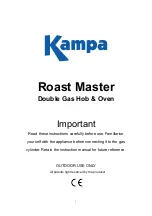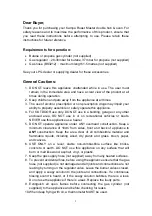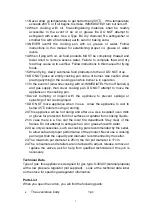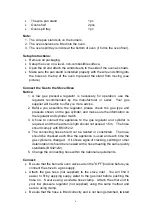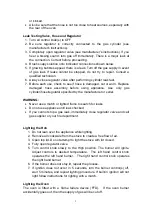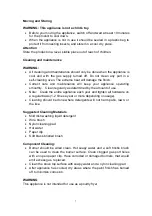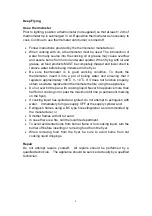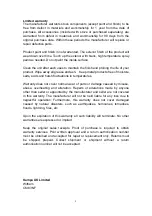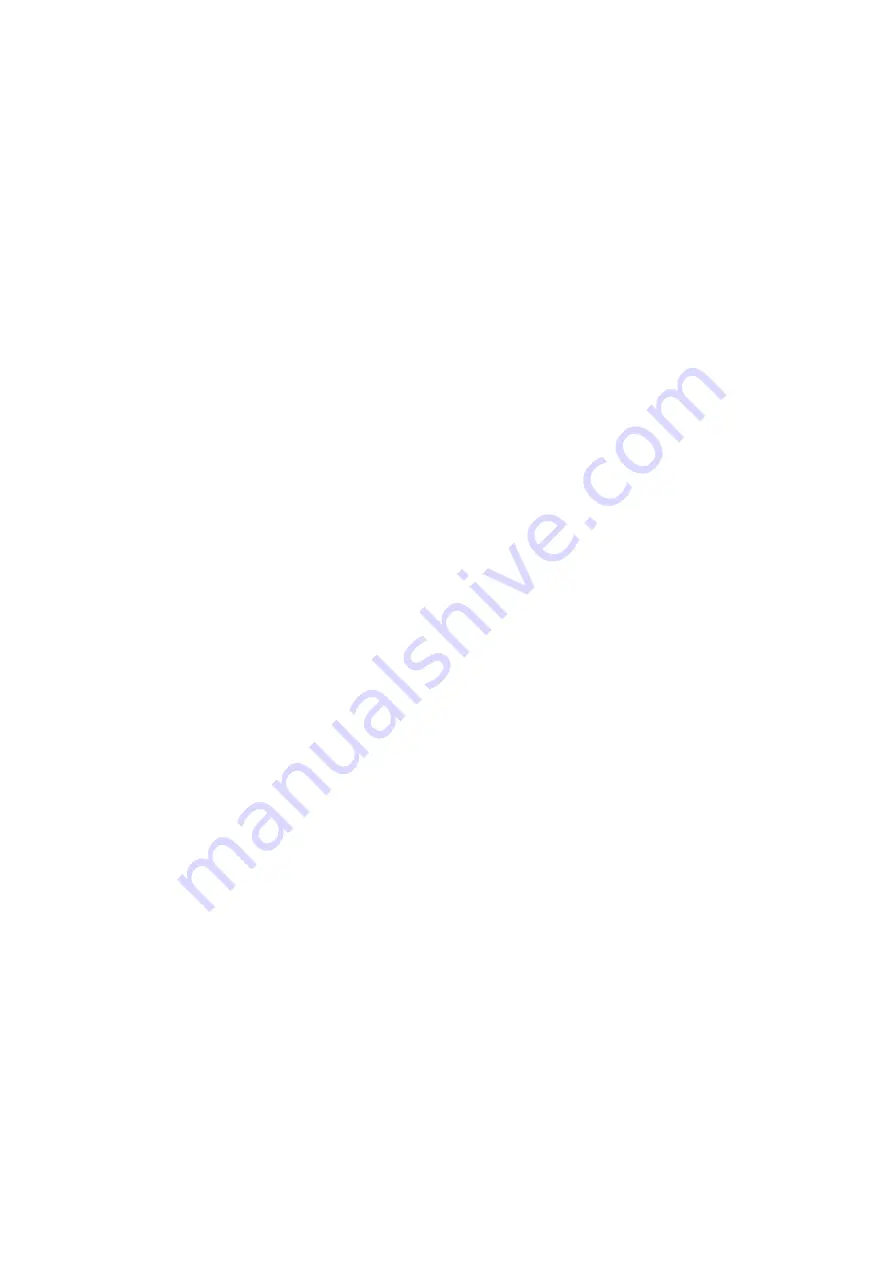
8
Deep Frying
Use a thermometer
Prior to lighting, position a thermometer (not supplied) so that at least 1.2cm of
thermometer tip is submerged in oil. Reposition thermometer as necessary to
cook. Continue to use thermometer until burner is turned off
·
Follow instructions provided by the thermometer manufacturer.
·
When cooking with oil, a thermometer must be used. The introduction of
water from any source into the cooking oil or grease may cause overflow
and severe burns from hot oil and water splatter. When frying with oil and
grease, all food products MUST be completely thawed and towel dried to
remove water before being immersed in the fryer.
·
Be sure thermometer is in good working condition. To check the
thermometer, insert it into a pot of boiling water and ensuring that it
registers approximately 100
˚C +/- 10˚C. If it does not function properly,
obtain a suitable replacement thermometer before using the appliance.
·
Do not over fill the pan with cooking liquid. Never fill appliance more than
half full of cooking oil or past the maximum fill line (a permanent marking
on the fryer).
·
If cooking liquid has spilled and ignited, do not attempt to extinguish with
water. Immediately turn gas supply OFF at the supply cylinder and:
·
Extinguish flames using a BC type fire extinguisher as recommended by
the manufacturer: or
·
Smother flames with dirt or sand
·
In case there is a fire, call the local fire department.
·
To avoid accidental burns from burner flame or hot cooking liquid, turn the
burner off before inserting or removing food from the fryer.
·
When removing food from the fryer, be sure to avoid burns from hot
cooking liquid drippings.
Repair
Do not attempt repairs yourself. All repairs should be performed by a
qualified technician. The appliance should be serviced annually by a qualified
technician.

